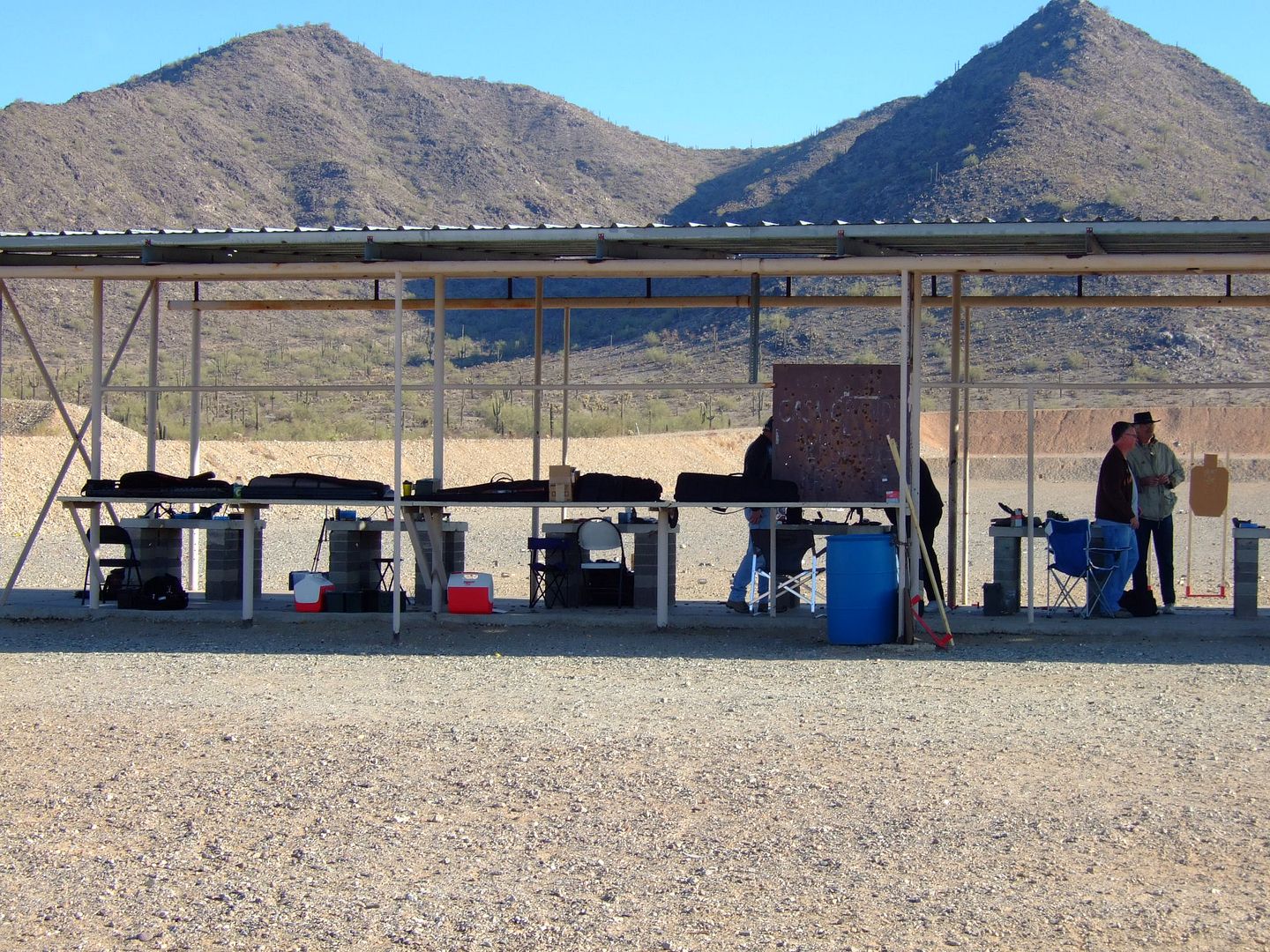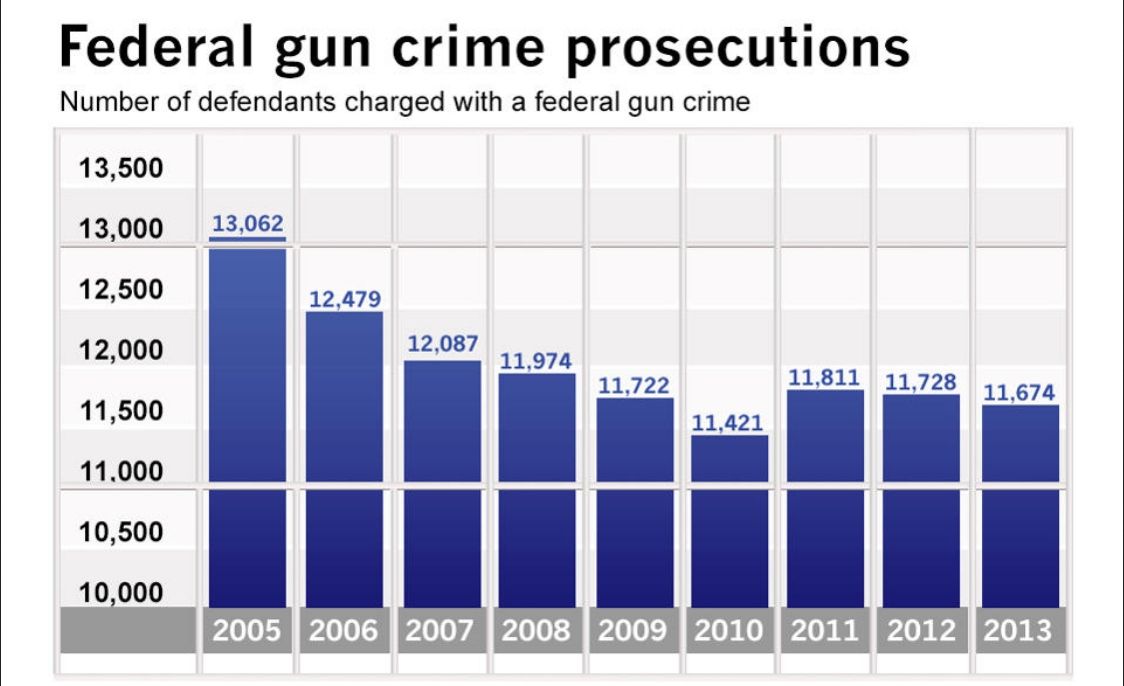That’s a line from Rand’s Atlas Shrugged. The whole quote goes:
There is no way to rule innocent men. The only power any government has is to crack down on criminals. When there aren’t enough criminals, one makes them. One declares so many things to be a crime that it becomes impossible for men to live without breaking the law. Create a nation of lawbreakers and then you can cash in on the guilt. Now that’s the system!
I’m currently reading Harvey Silverglate’s Three Felonies a Day: How the Feds Target the Innocent which – about two-thirds of the way through so far – has concentrated on how federal prosecutors have pretty much used their power to convict people for doing things that aren’t actually statutorily illegal, or entrapping people into “making false statements” to federal law enforcement officers – while noting that federal law enforcement officers are perfectly free to lie to you without fear of censure, much less prosecution.
My favorite Appellate Court Judge, Alex Kozinski, Chief Judge of the 9th Circuit Court of Appeals, has written a pretty blistering dissent in the case U.S. v. Olsen (PDF) in which, according to the HuffPo story:
Kenneth Olsen was convicted of “developing a biological agent for use as a weapon.” While there was little question Olsen did try to produce ricin, the problem for the government was that there was little specific evidence that Olsen intended to kill someone with it. He attributed his chemistry to morbid curiosity. The strongest evidence from the government was a bottle of allergy pills found in Olsen’s lab that, according to forensic specialists, contained traces of ricin. This would seem to indicate that Olsen was preparing to use the ricin to poison people.
But at the time of the trial, one forensic who handled the pills, Arnold Melnikoff, was under investigation for forensic misconduct. His testimony had already led to three wrongful convictions. A broad and damning internal investigation of his work looked at 100 randomly-chosen cases and found improprieties in 14 of them, including contaminants in his tests; “mistakes in case documentation, administrative documentation, evidence analysis, data interpretation, and written reports”; and “a tendency for conclusions to become stronger as the case developed, from notes to written reports to testimony.”
AUSA Hicks knew about the investigation of Melnikoff, and its sweeping scope. But not only did he fail to disclose this to Olsen’s attorneys, he allowed Melnikoff’s attorney to characterize is at as an “administrative” review that was limited to one case from 10 years ago.
While the majority of the 9th Circuit panel found that the investigation was favorable evidence that wasn’t turned over to Olsen’s attorneys, the court also determined that the evidence wasn’t “material” to Olsen’s conviction. That is, even if it had been turned over to Olsen’s attorneys, Olsen would likely have been convicted anyway.
Olsen was convicted, appealed, lost, and petitioned for an en banc rehearing by the full 9th Circuit. That petition was denied. This is much like my previous favorite dissent, also by Kozinski, when the 9th denied an en banc rehearing of the Silveira v. Lockyer case.
Kozinski:
There is an epidemic of Brady violations abroad in the land. Only judges can put a stop to it.
As HuffPo explains:
Brady of course is shorthand for the Supreme Court decision that requires prosecutors to turn over exculpatory evidence to defense attorneys. In Olsen, a decision released this week, the 9th Circuit court found extensive prosecutor misconduct on the part of Assistant U.S. Attorney Earl Hicks, who works for the Office of U.S. Attorney for the Eastern District of Washington.
That’s just one of the tools in the Prosecutor’s toolkit, according to Silverglate.
Kozinski details the facts concerning the forensic scientist who analyzed and prepared for analysis the evidence that was used to convict Olsen. A long trail of procedural error and misconduct in other cases led to the dismissal of this scientist from the Washington State Police lab for incompetence and “gross misconduct,” but the details of the investigation and dismissal were withheld from Olsen’s defense attorney by the Prosecutor. Kozinski:
The panel’s ruling is not just wrong, it is dangerously broad, carrying far-reaching implications for the administration of criminal justice. It effectively announces that the prosecution need not produce exculpatory or impeaching evidence so long as it’s possible the defendant would’ve been convicted anyway. This will send a clear signal to prosecutors that, when a case is close, it’s best to hide evidence helpful to the defense, as there will be a fair chance reviewing courts will look the other way, as happened here.
A robust and rigorously enforced Brady rule is imperative because all the incentives prosecutors confront encourage them not to discover or disclose exculpatory evidence. Due to the nature of a Brady violation, it’s highly unlikely wrongdoing will ever come to light in the first place. This creates a serious moral hazard for those prosecutors who are more interested in winning a conviction than serving justice. In the rare event that the suppressed evidence does surface, the consequences usually leave the prosecution no worse than had it complied with Brady from the outset. Professional discipline is rare, and violations seldom give rise to liability for money damages. Criminal liability for causing an innocent man to lose decades of his life behind bars is practically unheard of. If the violation is found to be material (a standard that will almost never be met under the panel’s construction), the prosecution gets a do-over, making it no worse off than if it had disclosed the evidence in the first place.
Olsen’s prosecution highlights the problem. The prosecutor just did not take his constitutional duty to disclose exculpatory evidence very seriously. This is not the usual case where the prosecutor was unaware of exculpatory evidence being held by the police without his knowledge. The Assistant U.S. Attorney knew Melnikoff was being investigated and promised the district court that he would get more information, but never followed through.
—
But protecting the constitutional rights of the accused was just not very high on this prosecutor’s list of priorities. The fact that a constitutional mandate elicits less diligence from a government lawyer than one’s daily errands signifies a systemic problem: Some prosecutors don’t care about Brady because courts don’t make them care.
I wish I could say that the prosecutor’s unprofessionalism here is the exception, that his propensity for shortcuts and indifference to his ethical and legal responsibilities is a rare blemish and source of embarrassment to an otherwise diligent and scrupulous corps of attorneys staffing prosecutors’ offices across the country. But it wouldn’t be true. Brady violations have reached epidemic proportions in recent years, and the federal and state reporters bear testament to this unsettling trend.
Kozinski then lists off 29 such cases from 1998 to 2012.
When a public official behaves with such casual disregard for his constitutional obligations and the rights of the accused, it erodes the public’s trust in our justice system, and chips away at the foundational premises of the rule of law. When such transgressions are acknowledged yet forgiven by the courts, we endorse and invite their repetition.
Olsen’s case points to another important problem—that of rogue investigators and forensic experts. Melinkoff’s long history of misconduct, resulting in the wrongful conviction of numerous innocent people, is hardly unique. Just last month, Annie Dookhan, a Massachusetts crime-lab technician, was sentenced to 3–5 years imprisonment after spending several years filing positive results for samples she had not properly tested. Her misconduct tainted over 40,000 drug samples, implicating several thousand defendants (hundreds of whom have already been released).
Followed by another long list of cases.
How do rogue forensic scientists and other bad cops thrive in our criminal justice system? The simple answer is that some prosecutors turn a blind eye to such misconduct because they’re more interested in gaining a conviction than achieving a just result.
—
We must send prosecutors a clear message: Betray Brady, give short shrift to Giglio, and you will lose your illgotten conviction. Unfortunately, the panel’s decision sends the opposite message. The panel shrugs off an egregious Brady violation as immaterial. Had Melnikoff been fully impeached, the only evidence from which the prosecutor could’ve proven Olsen’s intent to use ricin as a weapon would have been a few Google searches and bookstore receipts. This is surely enough to show a reasonable probability of a different result. By raising the materiality bar impossibly high, the panel invites prosecutors to avert their gaze from exculpatory evidence, secure in the belief that, if it turns up after the defendant has been convicted, judges will dismiss the Brady violation as immaterial.
Kozinski from his Silveira dissent:
Judges know very well how to read the Constitution broadly when they are sympathetic to the right being asserted. We have held, without much ado, that “speech, or . . . the press” also means the Internet…and that “persons, houses, papers, and effects” also means public telephone booths…. When a particular right comports especially well with our notions of good social policy, we build magnificent legal edifices on elliptical constitutional phrases – or even the white spaces between lines of constitutional text. But, as the panel amply demonstrates, when we’re none too keen on a particular constitutional guarantee, we can be equally ingenious in burying language that is incontrovertibly there.
It is wrong to use some constitutional provisions as springboards for major social change while treating others like senile relatives to be cooped up in a nursing home until they quit annoying us. As guardians of the Constitution, we must be consistent in interpreting its provisions. If we adopt a jurisprudence sympathetic to individual rights, we must give broad compass to all constitutional provisions that protect individuals from tyranny. If we take a more statist approach, we must give all such provisions narrow scope. Expanding some to gargantuan proportions while discarding others like a crumpled gum wrapper is not faithfully applying the Constitution; it’s using our power as federal judges to constitutionalize our personal preferences.
It’s not just the Constitution, it’s court precedent, too. The Ninth Circus, as it is known, is the most “progressive” of the Appellate courts. It is also the most overturned, but all that needs to happen to change that is one or two Supreme Court appointments.
Understand the importance of the Senate filibuster rule now?
I would love to see Kozinski elevated to the Supreme Court some day. Now that the Nuclear Option has been exercised by the Democrats, that’s at least remotely possible. But what will happen to the lower courts over the next three years concerns me greatly.




